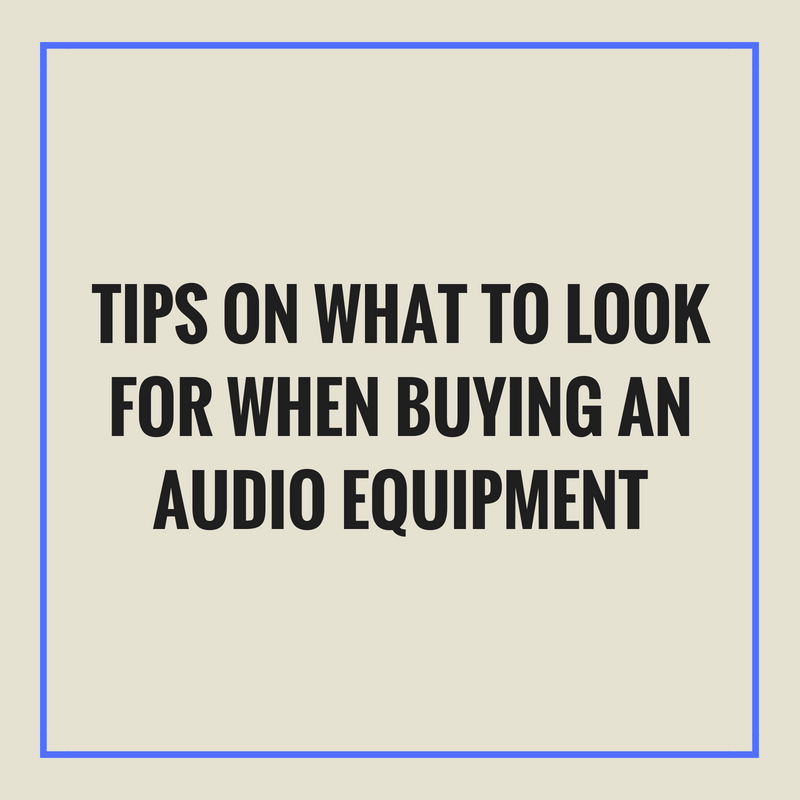Tips on What to Look for When Buying an Audio Equipment
There are all kinds of stereo systems to choose from, and each one has its own unique design, price, and features. However, no matter how different each stereo system might be, they all share the same set of components: Receivers, Speakers, and Sources. A stereo system that lacks even one of these components cannot really be called a stereo system.
Some people buy these components separately while others prefer to buy pre-packaged items that they don’t need to assemble. Buying components individually is usually cheaper, but they can also lead to compatibility problems if you choose the wrong set of components. In contrast, buying a prepackaged system ensures that all the components are compatible, though at the expense of having a higher price.
So if you’re buying a stereo system for the first time then here are several tips to help you get started.
Features and Capabilities
The first thing that you should consider is your stereo system’s features. Some stereo system feature SD slots, USBs, AUXs as well as the capability to convert cassette and vinyls into audio files for your PC or gadget. Some can even be used to record vinyls, cassettes and radio sounds.
Other useful features to watch out for including programmable memories, direct USB recording, Bluetooth wireless music streaming and AM/FM tuning. Most people don’t really need all of the features of their stereo systems, but having the right set of options can be quite helpful in certain situations, particularly if you want to use your rig for a special project.
Cost
The cheapest stereo systems usually cost between $40 to $100. You can find these items on Amazon as well as other online shops. On the other hand, more expensive pre-packaged systems can reach as high as $500, and if you’re interested in high-quality performance, there are stereo systems that cost as much as $1,000.
One way to reduce the cost of your purchase is to look for bargains and coupons. Some stereo system vendors occasionally hand out coupons, while sites like Amazon routinely slice their product’s prices to spur buyers.
Alternatively, you can always buy individual components and assemble them later. The downside here is that you may encounter compatibility issues along the way, but as long as you have done your homework then this shouldn’t be a problem.
Read Reviews
Last and most important of all, you should read the reviews about the items that you want to buy. Reading about a particular stereo system’s features is certainly informative, but reading reviews can tell you about their performance and quality.
For example, if several reviewers experience the same set of problems with a particular stereo system then there’s a good chance that such complaints are valid. On the other hand, if large groups of people keep praising a particular stereo system then it may be worth your time to check out that product.
If reading reviews are not your thing, you can always look at each prepackaged stereo system’s ratings. Amazon has these ratings but so do other vendors. Looking at a particular system’s ratings will tell you if that item is worth your time. So look at as many as you can.



